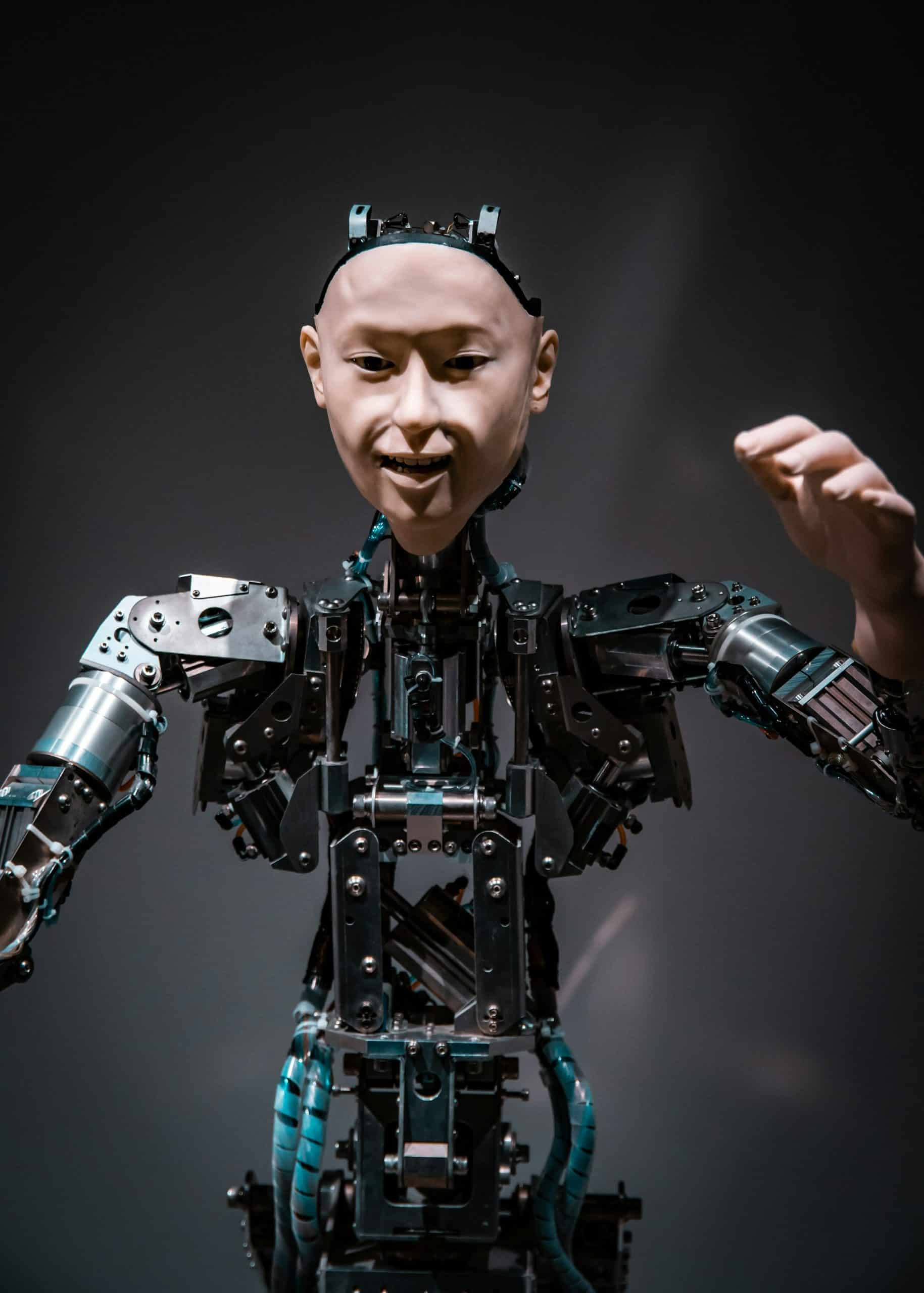In the 21st century, the integration of robotics and healthcare has become an undeniable reality. With rapid advancements in technology, robots are making their way into various aspects of patient care. From surgical tasks to patient monitoring, robots are playing a pivotal role in the delivery of healthcare services. This article explores how this integration is shaping up and its implications for personalized healthcare.
The Role of Robotics in Surgical Tasks
Surgical tasks have long been considered a domain purely for human touch, precision, and decision-making. However, the advent of robotic technologies is challenging and changing this traditional perspective.
A lire en complément : Can Technology Provide Solutions to Global Freshwater Scarcity?
Robots, in the surgical field, are not there to replace surgeons but to augment their capabilities. For instance, robotic surgical systems, like the da Vinci Surgical System, allow surgeons to perform complex procedures with more precision, flexibility, and control than conventional techniques. They can perform minimally invasive surgeries that reduce the risk of infection, lessen postoperative discomfort, and shorten hospital stays.
Moreover, robot-assisted surgeries can be an excellent option for patients with certain medical conditions or those who need intricate procedures. Robots can perform tasks with precision levels that can be difficult for a human hand to achieve. With their high-definition 3D vision systems and tiny wristed instruments that bend and rotate far greater than the human hand, robots can help surgeons operate with enhanced vision, precision, and control.
A lire en complément : What’s the Future of Smart Cities with Integrated IoT Networks?
Robotics in Patient Care and Monitoring
Besides surgical tasks, robots are making a significant impact in patient care and monitoring. In the era of personalized healthcare, how we take care of patients and ensure their well-being has become paramount. And this is where robots are making a real difference.
Robots can assist in tasks such as lifting and moving patients, which not only reduces the physical strain on healthcare professionals but also enhances patient safety. Similarly, robots can help patients with mobility issues to move around, thereby facilitating their independence and improving their quality of life.
Furthermore, remote monitoring robots are becoming increasingly important in managing chronic diseases and elderly care. These robots can monitor vital signs, administer medication, and even alert healthcare providers if they detect any abnormalities. They can provide round-the-clock care and monitoring, something which is impossible to expect from human caregivers.
The Use of Robotics in Data Collection and Analytics
In the world of personalized healthcare, data is king. The more information healthcare providers have, the better care they can provide. This is where robots can again prove their worth.
Robots can be instrumental in gathering and analyzing patient data. Wearable devices and sensors can collect a massive amount of data, including heart rate, blood pressure, sleep patterns, and physical activity levels. This data, when analyzed with the help of sophisticated algorithms and machine learning, can provide in-depth insights into a patient’s health.
Moreover, robots can also assist in data collection during clinical trials. They can ensure more accurate data collection, thereby reducing the chances of errors and improving the overall quality of the trial.
Robots and AI in Scholarly Research
The integration of robotics and AI in healthcare goes beyond patient care and extends into scholarly research. Robots, combined with AI, can process vast amounts of data in seconds, which can take humans hours, if not days, to analyze.
For instance, AI-powered robots can scan through thousands of research papers and articles on resources like PubMed and PMC in a short span. This can be extremely useful in identifying research trends, gaps, and opportunities, or in doing systematic reviews, which typically require exhaustive and time-consuming literature searches.
Moreover, AI robots can help in the analysis of complex biological data, such as genetic sequences or protein structures. They can help uncover patterns and correlations that might be too subtle for humans to notice.
While we are yet to fully realize the full potential of robotics in healthcare, the initial signs are promising. If leveraged properly, robots can contribute significantly to improving patient care, enhancing the efficiency of healthcare professionals, and advancing medical research. As we move forward, the human-robot collaboration in healthcare will most likely become more seamless, and robots will become an integral part of our healthcare system.
The Influence of Robotic Systems in Scholarly Research
In this digital age, the influence of robotics healthcare and artificial intelligence in scholarly research is becoming undeniably vital. The ability of AI to process enormous amounts of data in a short span is revolutionizing the field of medical research.
Robotic systems combined with AI can scan through thousands of research papers and articles on resources such as Google Scholar, PMC free, and article PubMed within a fraction of the time it would take humans. This automated approach to research offers a new level of efficiency in identifying research trends, gaps, and opportunities. In the context of systematic reviews, which typically require rigorous and time-consuming literature searches, the use of AI robots is a game-changer.
Moreover, AI-powered medical robots can handle complex data analysis, such as interpreting genetic sequences or protein structures. By doing so, they can help researchers uncover patterns and correlations that might be too subtle for humans to notice. This capability is particularly useful in personalized healthcare, where understanding individual genetic makeup and health patterns is crucial for providing tailored treatments and strategies.
Future of Robotic Systems in Personalized Healthcare
The emerging field of medical robotics is still in its infancy, but initial signs indicate a promising future. With advancements in technology, it’s likely that the role of robots in our healthcare system will only continue to grow.
Increasingly, robots are seen as partners in providing healthcare services. They are not there to replace healthcare workers but to support and augment their capabilities. Robots can take over repetitive tasks, provide precise surgical assistance, and offer round-the-clock monitoring services. The use of artificial intelligence and machine learning enables them to handle a vast amount of data and provide valuable insights, which is invaluable in the era of personalized healthcare.
Moreover, medical robots can also provide emotional support to patients. Social robots, for example, are being used to keep the elderly company and help children with autism learn social skills. The use of robotics in such aspects of healthcare also shows promise in improving the patient’s overall quality of life.
In conclusion, as we continue to explore the potential of robotics in healthcare, we can expect to see more collaborative efforts between healthcare organizations, researchers, and tech companies. Proper implementation and ethical considerations will be essential to ensure that the benefits of robotics are maximized while minimizing potential risks. With time, the integration of robotics into personalized healthcare will become more seamless, contributing to a more efficient and effective healthcare industry.






